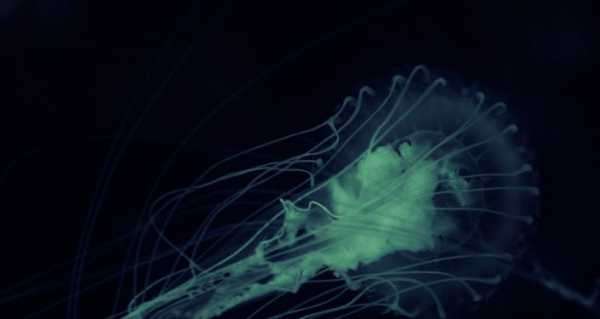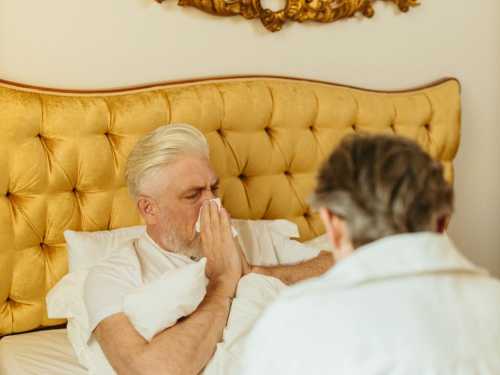
2020 would have been incomplete if we didn’t have a deadly amoeba that causes a severe infection for which there has so far been no effective treatment. Scoot over SARS-CoV-2, we’ve got bigger problems.
If you think zombies aren’t real, you’re wrong. Since its discovery in the 1970s, hundreds of people across the world have died from an invisible zombie that destroys brain tissue in a matter of days. The “good” news is that this “zombie” has returned. On 27 September, Texas Governor Greg Abbott issued a disaster declaration in Brazoria County after the state’s environmental commission discovered a brain-eating amoeba in three of eleven tests in the county’s water supply. Residents have been put under a “boil water” order. The governor’s warning came after a six-year-old boy died earlier this month after contracting the brain-eating microbe.
So what is this deadly amoeba?
Naegleria Fowleri
- This single-celled organism occurs naturally and can be found anywhere around the world. It likes high temperatures.
- It can be found in rivers and lakes, geothermal water, such as hot springs, geothermal drinking water sources, poorly maintained swimming polls (with minimum levels of chlorine or unchlorinated), and soil.
- There is no rapid test to detect the amoeba. It can take weeks before officials find it in an infected area.
What happens when an individual contracts it?
Once it gets into a body, it travels to the brain and causes a severe infection called primary amoebic meningoencephalitis (PAM). The disease leads to the destruction of brain tissue.
Symptoms
- In its early stages, PAM symptoms look similar to those of bacterial meningitis – headache and fever.
- Later symptoms include a stiff neck, lack of attention to surroundings and people, loss of balance, hallucinations, and seizures.
- In the end, PAM leads to a swelling of the brain and death. Most people die within a week after contracting the microbe.
Who’s at risk?
Everyone, but children, elderly people, and individuals with a weak immune system are particularly vulnerable to PAM.
Is there a cure?
- According to the US Centres for Disease Control and Prevention (CDC), there is no effective treatment for PAM and the fatality rate is over 97 percent.
- Only 4 individuals out of 145 known infected people in the United States between 1962 and 2018 have survived.
- The CDC said one person survived in Mexico and reports say that in 2018, a girl from the Spanish city of Toledo survived after contracting naegleria fowleri.
How can one avoid infection?
- Despite the grim picture, the risk of naegleria fowleri infection is very low. In the past 10 years, US has had only 34 reported cases.
- The amoeba is deadly only if enters the body through the nose. People cannot get infected if they drink infected water and it cannot be spread from one person to another.
- The peak season for the deadly microbe is hot months.
- Avoid swimming in warm lakes. If you can’t, then use nose clips.
- You may think twice before visiting Texas. According to the CDC, the southern state had the highest number of brain-eating amoeba cases in the past decade.
How many people die annually?
- The CDC has said that between 3 and 8 Americans die from naegleria fowleri annually.
- Most victims are young and male, the demographic group that is most likely to jump into and swim in warm lakes.
Most Recent Cases in US
- In 2019, a 10-year-old girl died from PAM after contracting the brain-eating amoeba in the Brazos River, Texas.
- In 2018, a 29-year-old man died from the microbe after visiting a surf park in Texas.
- In 2016, a 16-year-old boy miraculously recovered from PAM after contracting the brain-eating amoeba while swimming at a private property in Broward County, Florida.
Sourse: sputniknews.com






